Piezoelectric Ceramics Size
Piezoelectric Ceramics Market Growth Projections and Opportunities
The Piezoelectric Ceramics Market is influenced by a myriad of factors that collectively shape its dynamics. At its core, the demand for piezoelectric ceramics is propelled by their versatile applications in various industries. One of the primary market drivers is the burgeoning demand for electronic devices, including sensors, actuators, and transducers, which heavily rely on piezoelectric materials. As technology continues to advance, the need for compact and efficient components in consumer electronics, medical devices, and automotive systems further intensifies, fostering the growth of the piezoelectric ceramics market.
Moreover, the increasing focus on renewable energy sources plays a pivotal role in steering market dynamics. Piezoelectric ceramics find extensive use in energy harvesting applications, converting mechanical vibrations into electrical energy. With a growing emphasis on sustainability and the development of clean energy solutions, the piezoelectric ceramics market benefits from the surge in demand for energy-efficient technologies. This is particularly evident in the field of smart infrastructure, where piezoelectric materials contribute to the development of self-powering systems and structural health monitoring.
Global economic conditions also exert a significant influence on the piezoelectric ceramics market. The interplay of factors such as GDP growth, investment patterns, and industrialization rates directly impacts the demand for piezoelectric materials. Economic stability and increased funding for research and development activities enhance the market's prospects, as companies invest in innovation and the development of advanced piezoelectric solutions.
Technological advancements and innovations in manufacturing processes are key market factors as well. Continuous efforts to improve the production efficiency of piezoelectric ceramics, along with the development of novel materials, contribute to market expansion. Enhanced manufacturing capabilities lead to cost reductions, making piezoelectric ceramics more accessible to a broader range of industries and applications.
Trade policies and geopolitical factors also play a role in shaping the piezoelectric ceramics market landscape. Tariffs, export-import regulations, and geopolitical tensions can impact the availability and pricing of raw materials, influencing production costs and market competitiveness. Companies operating in the piezoelectric ceramics sector must navigate these factors to ensure a stable supply chain and mitigate potential risks.
Environmental regulations and sustainability initiatives add another layer of complexity to the market. As governments worldwide enforce stricter environmental standards, industries are compelled to adopt eco-friendly materials and processes. Piezoelectric ceramics, with their energy-efficient and environmentally friendly characteristics, align well with these regulatory trends, driving market growth as companies seek to comply with evolving environmental norms.
Furthermore, consumer preferences and societal trends contribute to the market's evolution. The increasing adoption of smart devices, the Internet of Things (IoT), and the growing awareness of clean energy solutions among consumers amplify the demand for piezoelectric ceramics.
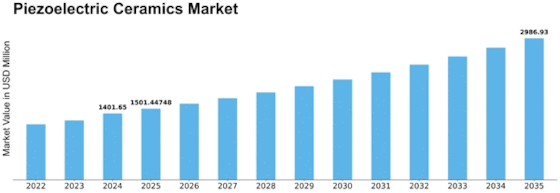
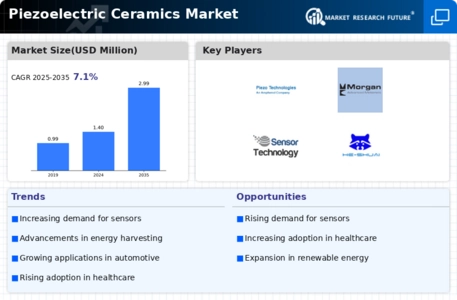
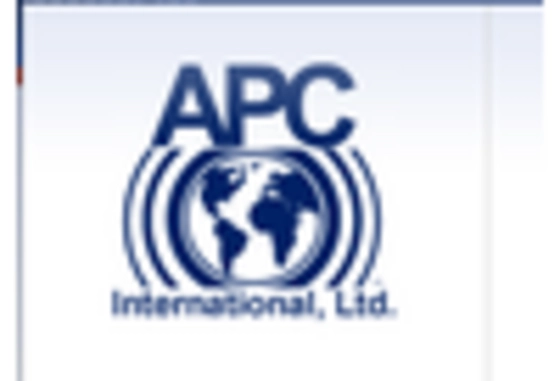
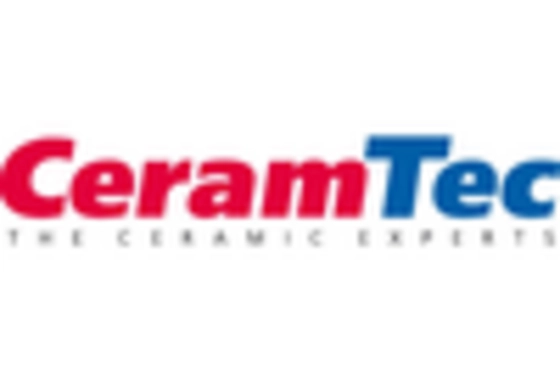
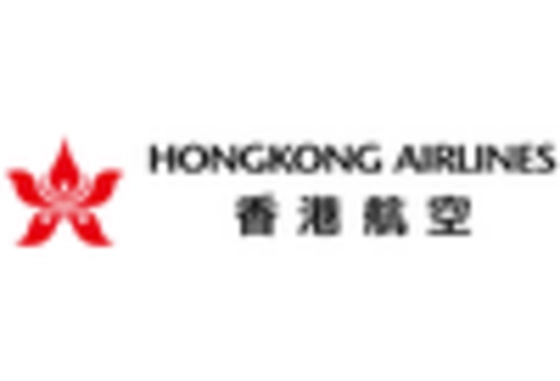
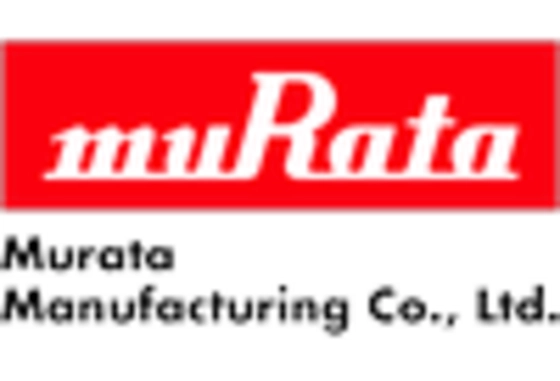
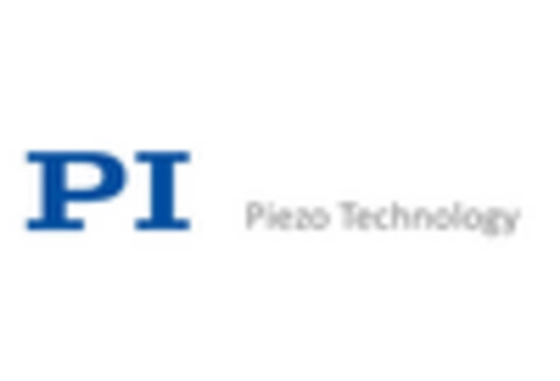
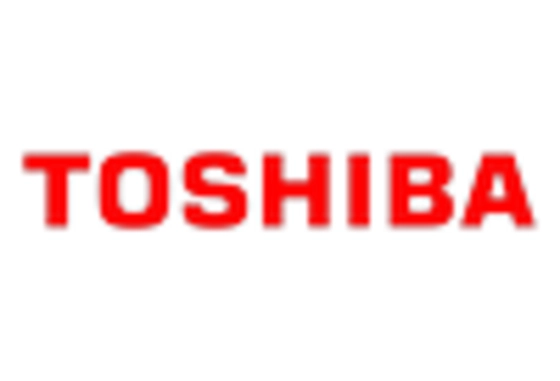









Leave a Comment